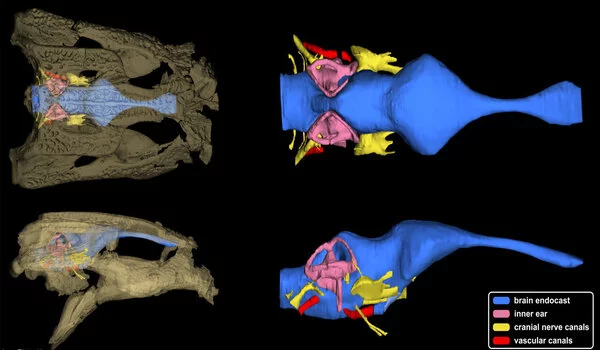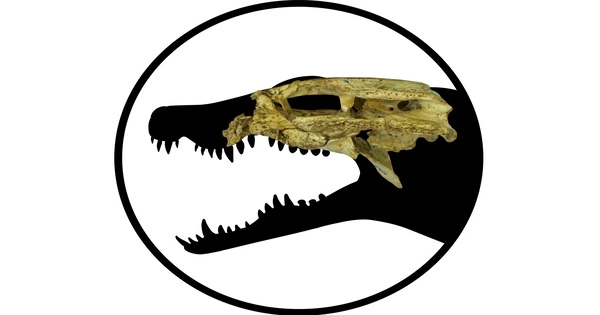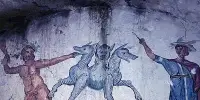The inside of the head of one of Australia’s smallest fossil crocs would have contained its brain, sense organs, and other structures necessary for its survival. Fossil evidence suggests that these small crocodylians were semi-aquatic and lived in freshwater environments. They would have used their sensory systems, such as their eyes and nose, to detect prey and navigate their surroundings. The shape and size of the head, jaws, and teeth would have also played a role in their feeding behavior and diet.
North-west Queensland was home to an unusual and particularly tiny species of crocodile approximately 13.5 million years ago, and scientists are now unraveling its secrets. The University of Queensland researchers used cutting-edge technology to uncover previously unknown details about the anatomy of the prehistoric Trilophosuchus rackhami.
Jorgo Ristevski, a Ph.D. candidate at the Faculty of Science, stated that it is the most detailed examination of the skull anatomy of an extinct croc from Australia ever conducted.
We were surprised to discover this because Trilophosuchus rackhami is more closely related to modern crocs in terms of evolution. Trilophosuchus rackhami may have spent more time on land than most living crocs.
Jorgo Ristevski
“By micro-CT scanning the beautifully preserved skull, we were able to digitally separate each bone,” Mr Ristevski said.
“We estimated that Trilophosuchus rackhami would have been 70 to 90 centimetres long and weighed one to two kilograms as an adult, which was very small compared to most modern-day crocs. With a short snout and three distinct ridges on the top of its skull, this croc was truly one-of-a-kind.”
Rackham’s three-crested croc (Trilophosuchus rackhami) was named in 1993 after Alan Rackham, who now manages the Riversleigh Fossil Discovery Centre in Mt Isa. Palaeoneurology, the study of the brain and nervous system of fossil species, according to Mr. Ristevski, can provide crucial insights into the animal’s evolution, morphology, and even behavior.

“I digitally reconstructed the brain cavity of Trilophosuchus rackhami for one of the studies and discovered that it resembles that of some distantly related and potentially terrestrial extinct crocs from Africa and South America,” Mr. Ristevski said.
“We were surprised to discover this because Trilophosuchus rackhami is more closely related to modern crocs in terms of evolution. Trilophosuchus rackhami may have spent more time on land than most living crocs.”
The findings, according to Mr. Ristevski, will be useful in interpreting the evolutionary relationships of extinct crocs, which will be researched in the future. According to Associate Professor Steve Salisbury, Australia had an amazing diversity of prehistoric crocs until very recently.
“Trilophosuchus rackhami was without a doubt the cutest,” he said. “If we could travel back in time to north Queensland 13 million years ago, you’d have to be careful not to step on crocodiles in the forest as well as watch out for them at the water’s edge.”















